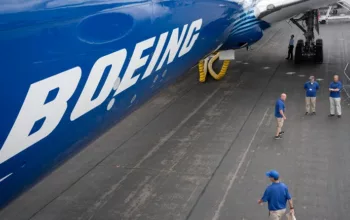GOP entrepreneur Vivek Ramaswamy’s presidential campaign has stopped spending money on TV ads according to ad-tracking firm AdImpact. As recently as the first week of December, the campaign spent more than $200,000 on TV ads; last week, it spent only $6,000. However, according to the campaign, it is still spending money on ads, just not on TV. The campaign’s press secretary Tricia McLaughlin said that the focus is now on “using addressable advertising, mail, text, live calls and doors” to communicate with voters.
McLaughlin said that the new approach allows for “nimble and hypertargeted” spending, adding: “this isn’t what most campaigns look like.” Additionally, the campaign has hired veteran Republican strategist Rob Stutzman as an adviser. Stutzman co-founded a marketing firm that uses both traditional and digital tactics. Ramaswamy is not the only Republican candidate to adopt such a strategy; Jeb Bush has also said that his campaign has pivoted more towards digital advertising.
Ramaswamy is a former biotech entrepreneur and hedge fund manager. Some have compared him to a Republican version of Bernard Sanders. Despite not being nearly as famous, Ramaswamy has support from a number of high profile individuals, including investor billionaire Peter Thiel and conservative pundit Ann Coulter. He has also taken a strong stance on immigration and the refugee crisis – stating that it is his most important issue.
Ramaswamy’s campaign has previously taken out ads in key Iowa publications and attended high profile events. Although he has struggled to secure significant media coverage and faces stiff opposition from better-known candidates such as Donald Trump, who currently leads the polls in Iowa, he does have a higher profile than other outsider candidates such as George Pataki or Jim Gilmore.
The shift in focus from TV to addressable advertising follows years of growth for location-based TV ad spending, which is expected to reach $1.33 billion this year and increase to $4.4 billionby 2019. However, Ramaswamy’s campaign said that the change was the result of its ability to target voters with other, more effective techniques. Whatever the approach, Ramaswamy and other less well-known candidates will need to implement effective tactics if they are to stand a chance against more mainstream rivals in the run-up to next year’s presidential race.
















